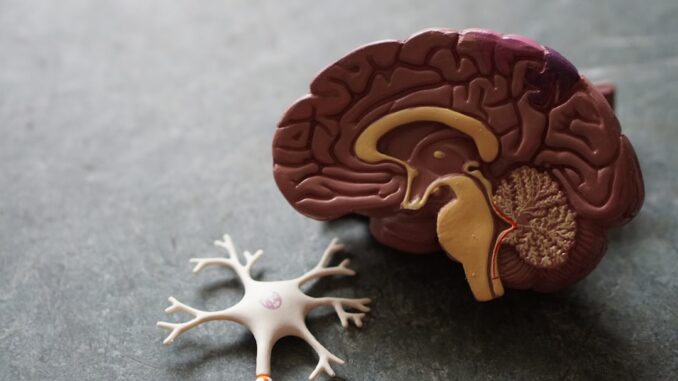
Summary
This article delves into the complexities of agitation in Alzheimer’s disease, exploring its causes, impact, and the latest advancements in management strategies. It emphasizes a multi-faceted approach, prioritizing non-pharmacological interventions while acknowledging the role of medication in specific situations. The ultimate goal is to enhance the quality of life for both individuals living with Alzheimer’s and their caregivers.
Stress-free data management TrueNAS is healthcares trusted solution for compliant data management.
Main Story
Agitation. It’s a tough symptom, right? Especially in Alzheimer’s, and let’s be honest, it’s incredibly distressing for everyone involved. It’s more than just being a little restless; we’re talking heightened emotional distress, sometimes even aggression. This can throw daily routines completely off-kilter, put a real strain on relationships, and sadly, it can even accelerate cognitive decline. So, understanding what’s causing it and knowing how to manage it effectively? Absolutely crucial for improving the lives of people living with Alzheimer’s.
Agitation, in this context, often signals unmet needs or underlying health issues. Think about it – pain, discomfort, an infection, or even medication side effects can all fuel anxiety and restlessness. And changes in environment? Major triggers. You know, a different routine, new caregivers. Sensory overload, difficulty communicating – these can all make things worse. The disease itself, with its impact on cognition, adds another layer, making it hard for the person to process info and adapt.
So, how do you tackle it? A multi-pronged approach is key, and honestly, non-drug interventions should be your first line of defense. Creating a calm, supportive space is paramount. I’m talking minimizing noise, sticking to a consistent routine, and providing engaging activities. Simple, clear communication paired with patience and empathy? That’s huge. A gentle touch, like holding hands, can also be surprisingly soothing. A friend of mine, a nurse, told me about a patient who was always agitated until they started giving him hand massages; it was night and day.
What about triggers? Gotta recognize and address those. Make sure any pain is managed properly, treat underlying medical issues, and keep a close eye on medication side effects. Social interaction and engaging in enjoyable activities are vital, too. Keeps people feeling calm and well.
Now, while non-drug strategies should be the first thing you try, sometimes, medication becomes necessary. For instance, if someone’s agitation puts themselves or others at risk, or if their quality of life is severely affected, medication can offer temporary relief. That said, and this is important, use medication cautiously, under strict medical supervision. Antipsychotics, for example, have significant side effects. And Brexpiprazole? It’s a newer option, just approved, but we still need to understand its long-term effects.
The world of geriatric care is constantly evolving, you know? New tech is constantly emerging, offering new ways to manage agitation and other behavioral issues. Wearable devices that track vitals? Smart home technology that enhances safety? Virtual reality for stimulating activities? These innovations are promising and could really improve the lives of people living with Alzheimer’s and ease the burden on caregivers.
Look, caring for someone with Alzheimer’s, especially with agitation, is tough. Really tough. Support groups, respite care, educational resources – they’re invaluable. Lean on them. And remember, agitation is a symptom, not a personal failing. Approach these behaviors with understanding and compassion. I saw this quote the other day and it really stuck with me: “To care for those who once cared for us is one of the highest honors.”
And finally, research is ongoing and evolving. We are seeing new therapies and interventions, which brings hope for more effective management. As we learn more, we can work towards creating a more supportive and compassionate environment for those affected, enabling them to live with greater dignity and comfort. Wouldn’t that be something?


Agitation, eh? Sounds like my brain on Mondays! Seriously though, the hand massage tip is gold. Now I’m picturing a spa day add-on: “Soothing Hand Massage… because sometimes the brain just needs a vacation from itself.” What’s the weirdest calming technique you’ve ever heard of that *actually* worked?
Haha, a spa day for the brain – I love it! So glad you found the hand massage tip useful. As for weird techniques, I heard that humming can be surprisingly effective. The vibrations can be calming. Anyone else have unusual but successful calming techniques to share?
Editor: MedTechNews.Uk
Thank you to our Sponsor Esdebe